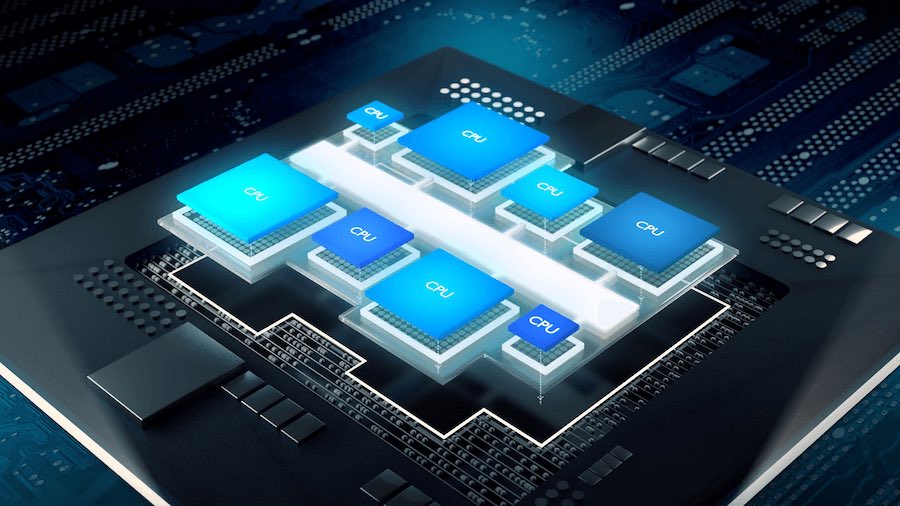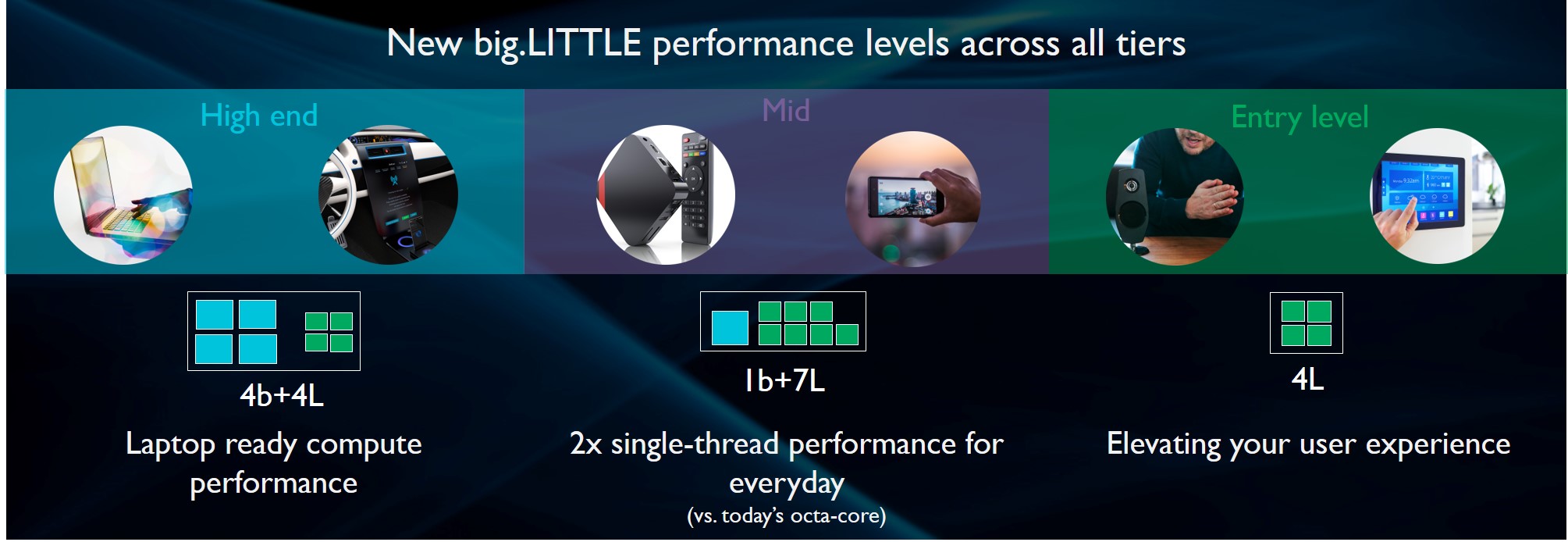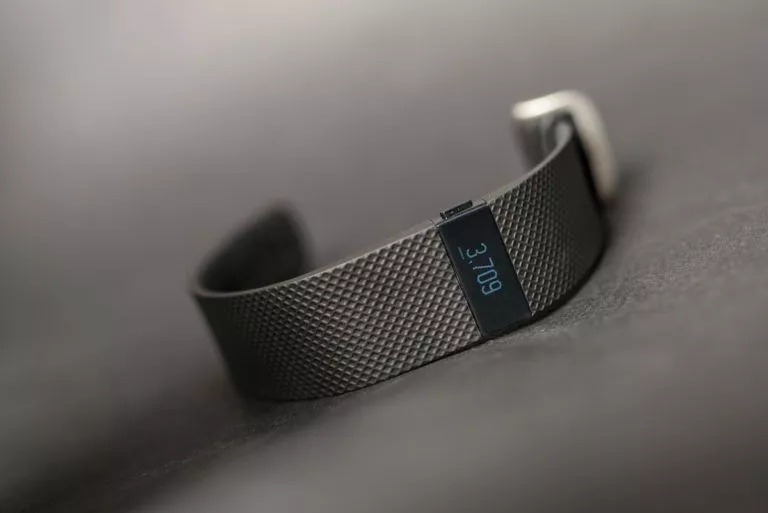ARM Plans 50x AI Performance Boost In 5 Years With DynamIQ Processors

Short Bytes: The British semiconductor giant, ARM, has recently announced their new processors, Cortex-A55 and Cortex-A72, based on their DynamIQ technology. The company aims to improve their chips’ AI performance numbers by 50 times over the next five years. The devices having new processors would ship by 2018.
It’s not just Apple who is having plans to put AI on their mobile devices. ARM has also announced a couple of processors based on the DynamIQ technology–an effort to achieve distributed artificial intelligence from devices to cloud. Dynamiq was first showcased earlier this year in March.The processors include ARM Cortex-A75 which is capable of delivering high-end computing performance on a single thread and an efficiency-focused Cortex-A55.
The ARM Mali-G72 graphics chip, based on the Bitfrost architecture, is also the part of the family; it extends VR, mobile gaming, and machine learning capabilities on high-end mobile devices and increases graphics performance by 40%.
With the processors based on Dynamiq technology, ARM foresees an AI performance boost of around 50 times in the next three to five years. This would be accomplished with the help of a specialized accelerator hardware present on the chips.

For ARM, fulfilling their AI dreams required design changes at the basic level. ARM is considering Dynamiq as one of their milestone developments. ARM’s new and upcoming processors will also be able to leverage Dynamiq Big.Little processing and take the best advantage of the multicore functionality.

Big.Little is ARM’s architecture which combines high-end CPU cores with low-performance but energy efficient cores on a single chip as an effort to enhance performance and battery life at the same time.
“DynamIQ big.LITTLE provides more multicore flexibility across more tiers of performance and user experiences by enabling configuration of big and LITTLE processors on a single compute cluster for the first time,” said Nandan Nayampally, VP and GM of the CPY group at ARM, in a blog post.
On the software part, ARM’s free and open source Compute Library — a collection of low-level software functions optimized for Cortex CPU and Mali GPU architectures — would go along with the hardware. It would help them achieve the AI and machine learning output that ARM wants to harness from their chips.
The first lot of devices featuring these processors are expected to arrive by 2018. The company also said they’d make efforts to reach their projected goal of shipping 100 million chips in the next five years.
If you have something to add, drop your thoughts and feedback.
Also Read: Researchers Successfully Store Data On World’s First Chemical Hard Drive “Chit”





